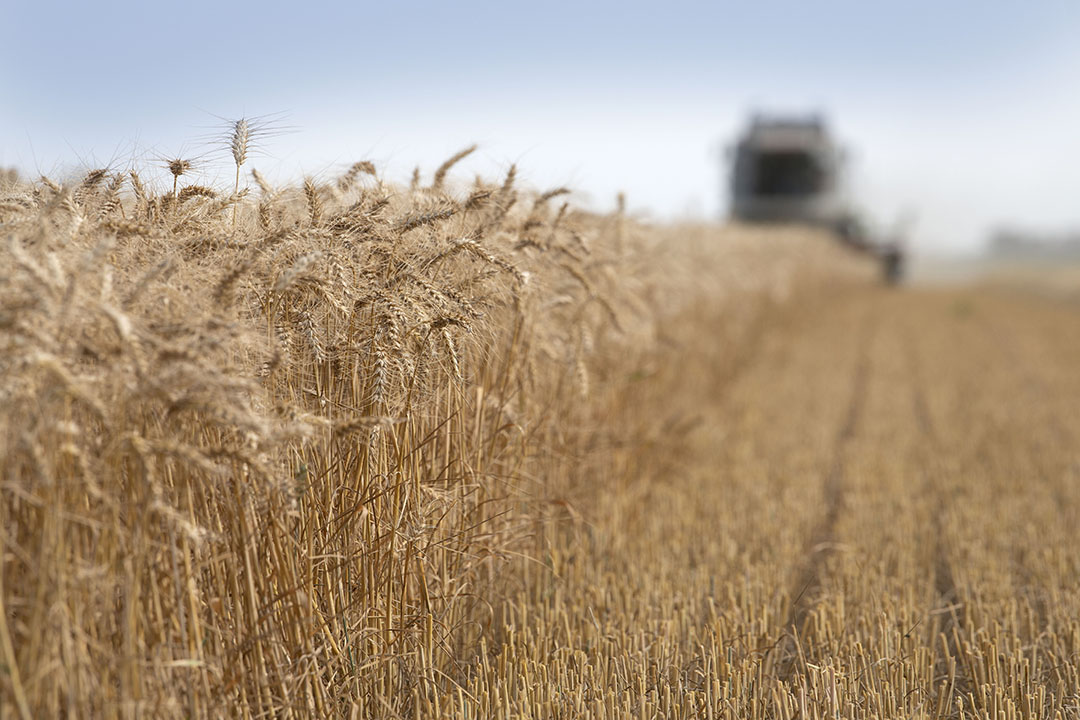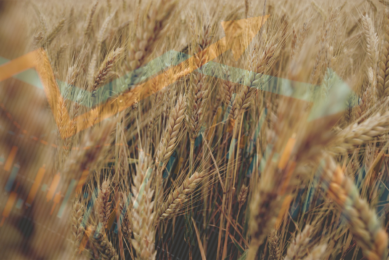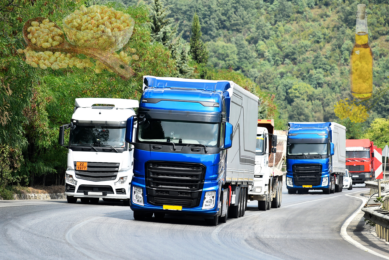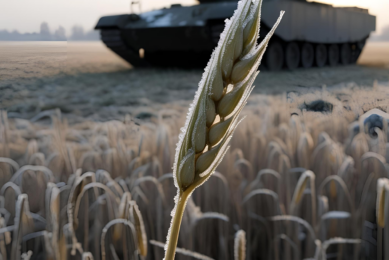Russian livestock producers concerned as grain prices soar

Record-breaking grain prices could impair growth in the Russian poultry and pork industry and cause thousands of farms to incur losses, according to analysts.
“The new challenge we all have to face in the fourth quarter of 2020 and in 2021 is associated with a brand new price situation on the domestic grain market,” Said Yuri Kovalev, chairman of the Russian Union of Pork Producers during an industry conference in Moscow on 16 October.
The domestic grain prices are tied to export prices, which jumped since the beginning of the year due to the Covid-19 pandemic and the Russian Rouble’s continuing devaluation. According to Kovalev, the prices in dollars are rising, and as a consequence, so are prices in Roubles. Still, Russian pig farmers primarily sell their products in Roubles, meaning high grain prices become a problem, especially against the backdrop of the low pork prices on the domestic market. In 2020, the cost of poultry production in Russia is expected to increase by 15% to 20%. The current price dynamics on the grain market are rather critical, Elena Stepanova, deputy director of the Russian Poultry Producers Union said.
Price for feed wheat reached record high
The price for feed wheat on the Russian market climbed by 20% during the past few months, reaching Rub14650 (US$184) per tonne, excluding VAT. In Rouble terms, this price currently is the highest ever for the domestic market.
“Assessing companies’ profitability and marginality under new conditions at the end of the year, we realised that in the best case scenario, the biggest companies, which have reserves and rainy day funds, could hit a breakeven point, while a large number of producers could become loss-making. This could lead to a fall in production performance,” Stepanova said.
 Futures market
Futures market
Overview of futures prices for: corn, wheat and soybean
According to Stepanova, Russian poultry producers have appealed to the country’s Ministry of Agriculture as well as the Ministry of Industry and Trade, asking the authorities to subsidise purchases of grain for feed production.
Poultry companies are limited in their ability to compensate the rise in production costs by increasing prices for their products,” she said. “The 2021 conditions are particularly concerning.”
Current situation detrimental to Russian poultry industry’s development
The current situation is so severe that it could even impair the development of the country’s poultry industry, Stepanova warned. Currently, poultry accounts for 47% of the Russian meat production, while grain accounts for 70% of the production cost of growing broilers, she estimated. Russian analysts supported the proposal to introduce grain subsidies for feed producers.
“If embarking on anything, we would probably support the position of the Poultry Union regarding the subsidies to reimburse expensive feed costs. We would advise [the authorities] to follow this path as the a less painful solution for the Russian agricultural industry,” said Dmitry Rylko, director of the Russian Institute for Agricultural Market Studies.











